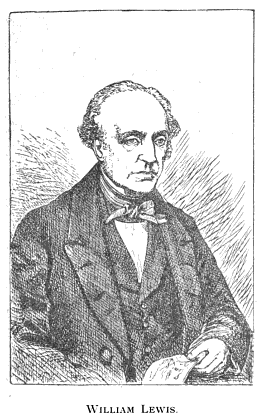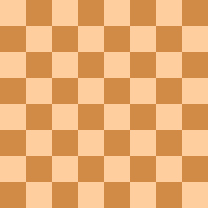
François-André Danican Philidor, often referred to as André Danican Philidor during his lifetime, was a French composer and chess player. He contributed to the early development of the opéra comique. He is widely regarded as the best chess player of his age; his book Analyse du jeu des Échecs was considered a standard chess manual for at least a century. A well-known chess opening, an endgame position, and a checkmate method are all named after him.

A presidio was a fortified base established by the Spanish Empire between the 16th and 18th centuries in areas under their control or influence. The term is derived from the Latin word praesidium meaning protection or defense.

Rodrigo "Ruy" López de Segura was a Spanish chess player, author, and Catholic priest whose 1561 treatise Libro de la invención liberal y Arte del juego del Axedrez was one of the first books about modern chess in Europe. He made great contributions to chess opening theory, including in the King's Gambit and the Ruy López opening that bears his name. López was also the strongest player in Spain for about 20 years.

Niccolò dell'Abbate, sometimes Nicolò and Abate was a Mannerist Italian painter in fresco and oils. He was of the Emilian school, and was part of the team of artists called the School of Fontainebleau that introduced the Italian Renaissance to France. He may be found indexed under either "Niccolò" or "Abbate", though the former is more correct.

Vignola is a city and comune in the province of Modena (Emilia-Romagna), Italy.
The Scotch Game, or Scotch Opening, is a chess opening that begins with the moves:
Several methods have been suggested for comparing the greatest chess players in history. There is agreement on a statistical system to rate the strengths of current players, called the Elo system, but disagreement about methods used to compare players from different generations who never competed against each other.

Bartolomeo Schedoni was an Italian early Baroque painter from Modena.

Frank Nicholls was an English physician. He was elected a Fellow of the Royal Society in 1728. He was made reader of anatomy at Oxford University when young and moved to London in the 1730s.

Ercole III d'Este was Duke of Modena and Reggio from 1780 to 1796, and later of Breisgau. He was a member of the House of Este.
Domenico Lorenzo Ponziani was an Italian law professor, priest, chess player, composer and theoretician. He is best known today for his chess writing.
When the Viking chieftain Rollo obtained the territories via the Treaty of Saint-Clair-sur-Epte which would later make up Normandy, he distributed them as estates among his main supporters. Among these lands were the seigneurie of Harcourt, near Brionne, and the county of Pont-Audemer, both of which Rollo granted to Bernard the Dane, ancestor of the lords (seigneurs) of Harcourt. he first to use Harcourt as a name, however, was Anquetil d'Harcourt at the start of the 11th century.
In a chess endgame, a wrong bishop is a bishop that would have been better placed on the opposite square color. This most commonly occurs with a bishop and one of its rook pawns, but it also occurs with a rook versus a bishop, a rook and one rook pawn versus a bishop, and possibly with a rook and one bishop pawn versus a bishop.

Maria Teresa Cybo-Malaspina was sovereign Duchess of Massa and Princess of Carrara from 1731 until her death in 1790. From 1780, she also formally held the title of Duchess consort of Modena and Reggio as the wife of Ercole III d'Este.

Giuseppe Maria Orlandini was an Italian baroque composer particularly known for his more than 40 operas and intermezzos. Highly regarded by music historians of his day like Francesco Saverio Quadrio, Jean-Benjamin de La Borde and Charles Burney, Orlandini, along with Vivaldi, is considered one of the major creators of the new style of opera that dominated the second decade of the 18th century.

William Lewis (1787–1870) was an English chess player and author, best known for the Lewis Countergambit. He may have been the first player ever described as a Grandmaster of the game.
The Modenese Masters were three 18th-century chess masters and writers from Modena, Italy:
A school of chess denotes a chess player or group of players that share common ideas about the strategy of the game. There have been several schools in the history of modern chess. Today there is less dependence on schools – players draw on many sources and play according to their personal style.

Ercole dell'Abate or dell'Abbate (1573–1613) was an Italian mannerist painter in his native Modena. In English, his name is sometimes given as Ercole Abbate, Abate or Abati.
Ercole is a masculine given name which is also used as a surname. Notable people with the name include:












